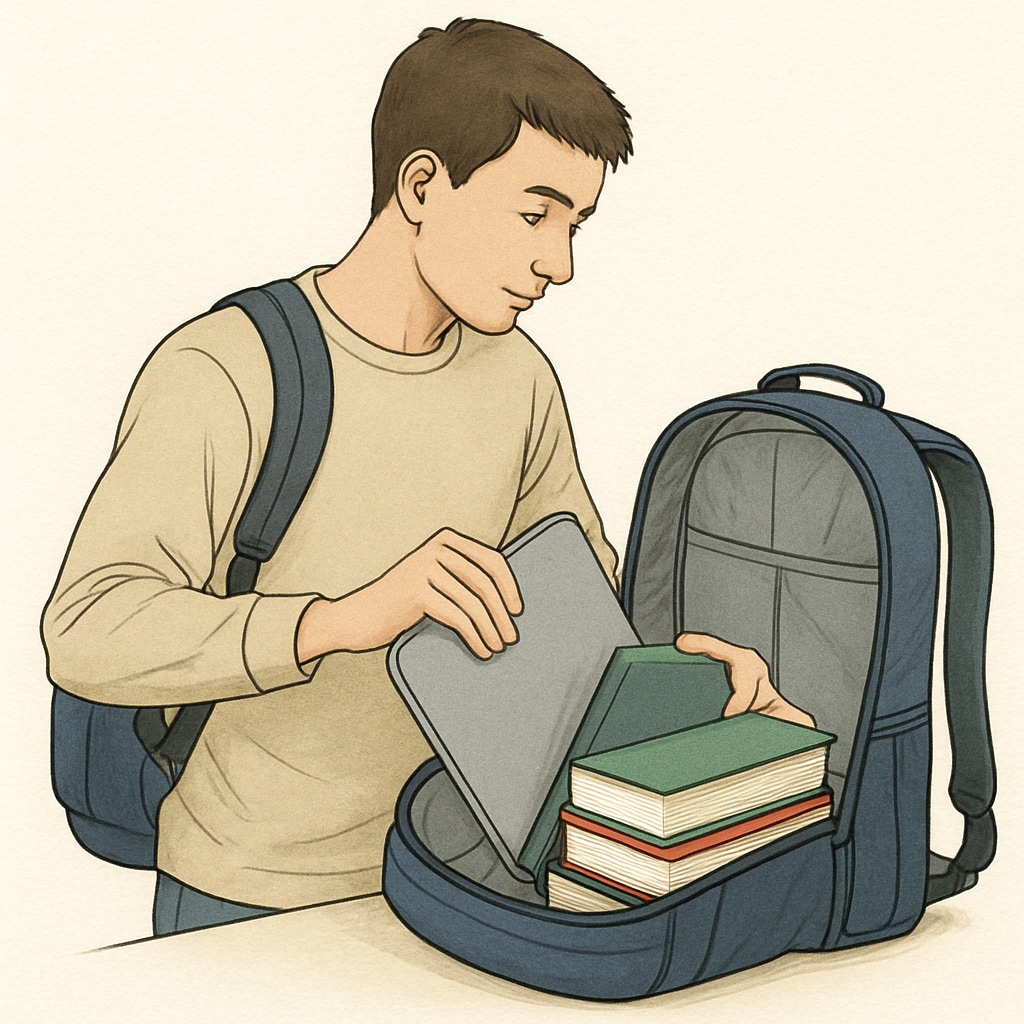For college students, finding the perfect bag that combines affordability, ample storage, and practical use is often a challenging task. With increasing academic demands and financial constraints, students require bags that can accommodate textbooks, laptops, and personal items without breaking the bank. This article explores the importance of choosing the right college bag while addressing broader educational concerns about student well-being and productivity.
Balancing Practical Needs with Economic Constraints
College students often face the dual pressure of managing their academic workload and staying within their budget. A well-designed bag can ease this burden by offering sufficient space for essentials while being cost-effective. For example, a backpack with multiple compartments can help organize textbooks, notebooks, and electronic gadgets efficiently. However, affordability remains a key factor for many students, making it crucial to find bags that strike a balance between quality and price.

Why Space Matters in College Bags
With the growing reliance on technology in education, students now carry laptops, chargers, and other accessories alongside traditional study materials. A spacious bag ensures that all these items fit comfortably, reducing the need to carry additional bags. Moreover, ergonomic designs can prevent strain caused by heavy loads, promoting physical health. Students should look for features such as padded straps, durable materials, and water-resistant coatings to enhance both utility and comfort.

To maximize utility, here are some specific features to consider when purchasing a college bag:
- Compartments: Multiple sections for organizing items like textbooks, pens, and electronic devices.
- Material: Sturdy yet lightweight materials, such as nylon or polyester, for durability.
- Padding: Adjustable and padded straps to ensure comfort during extended use.
- Water Resistance: Protection against accidental spills and rainy weather.
Educational Implications: Addressing the “Double Burden”
Heavy backpacks are not just a physical concern; they reflect deeper educational issues such as excessive academic workload and the need for better resource management. Many students carry multiple textbooks and materials that could be replaced by digital alternatives or streamlined curricula. As a result, educators, parents, and policymakers must collaborate to reduce the “double burden” on students—both physical and psychological.
For example, implementing digital tools like e-books can significantly reduce the weight of backpacks. Additionally, schools and colleges can provide lockers or storage solutions to minimize the need for students to carry everything daily. These measures not only ease physical strain but also enhance focus and productivity.
Practical Tips for Choosing an Affordable, Spacious College Bag
To help students make informed decisions, here are some practical shopping tips:
- Set a budget and research brands that offer high-quality bags within your price range.
- Read reviews from other students to understand the bag’s durability and functionality.
- Visit stores to try on bags and assess their fit and comfort.
- Consider investing in eco-friendly options that align with sustainability values.
- Check warranties or return policies to ensure long-term usability.
Ultimately, the right college bag should not only meet academic needs but also support students’ overall well-being. By choosing wisely, students can reduce daily stress while staying organized and prepared.
Readability guidance: Short paragraphs and lists have been used to summarize key points. Active voice dominates the article, with transitional words ensuring smooth transitions between ideas. Students and educators alike can benefit from these tips for practical bag selection.


